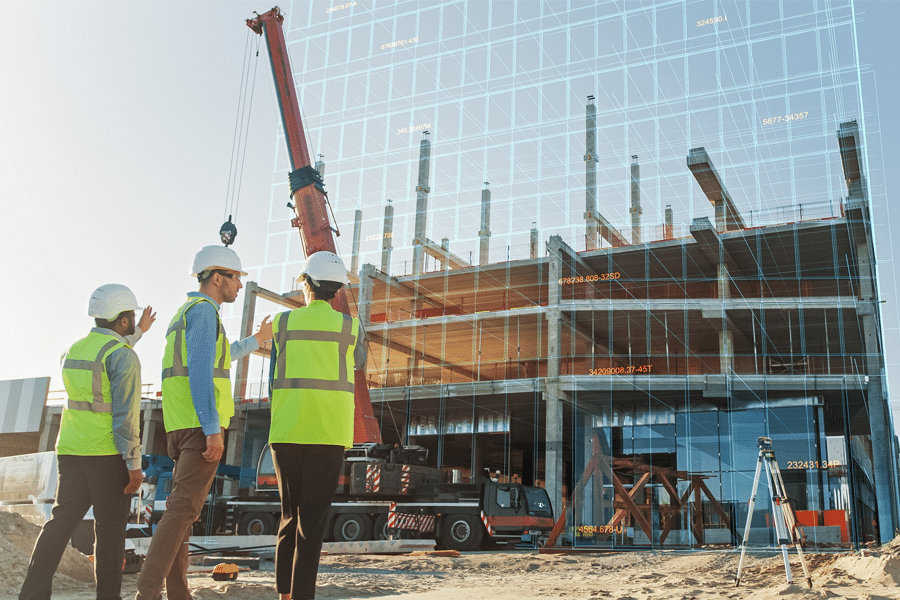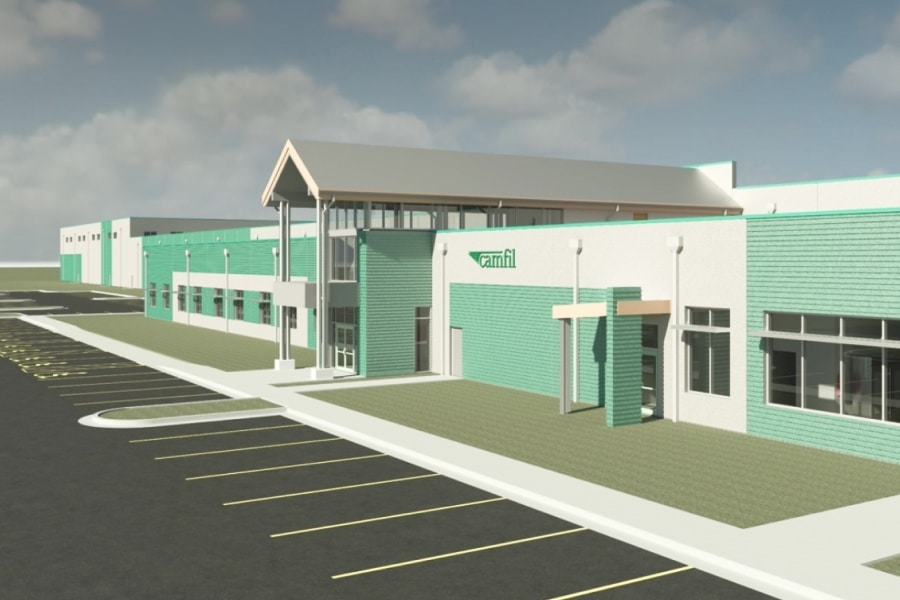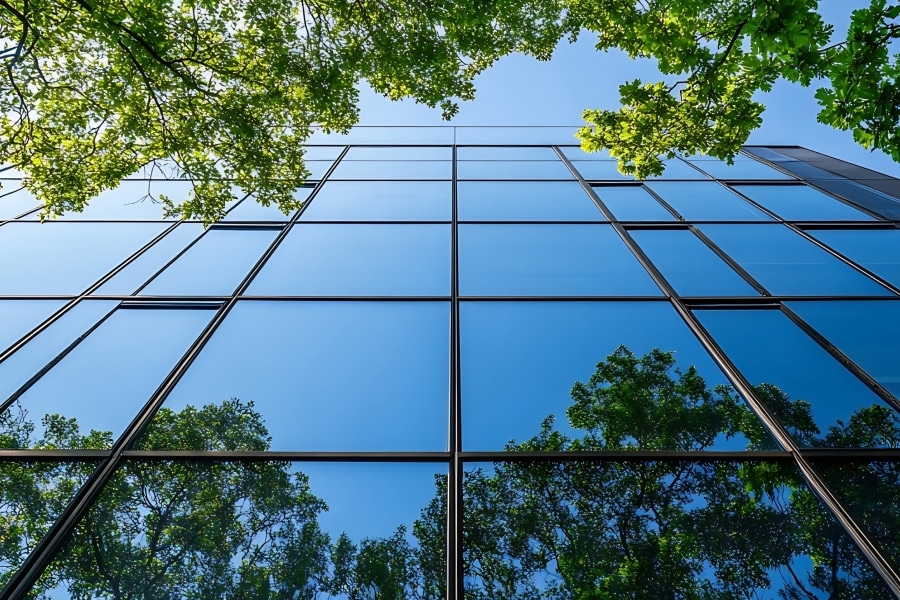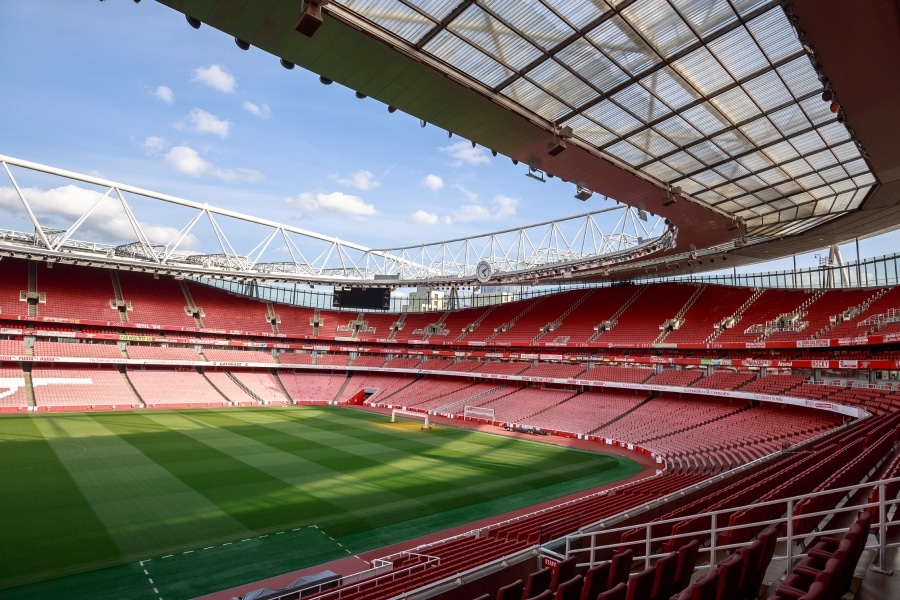Detroit has always been on the cutting edge of design. In the city’s golden age, it was the home of revolutions in industrial construction and materials design. Now, amid its much-lauded urban revival, Detroit has once more become known for its importance in the world of design.
As part of its designation as a UNESCO City of Design, Detroit’s robust community of architects, artists and builders are working together to revitalize the creative life of the city and many of the spectacular buildings created when industry in the area was at its peak. They’re doing it with the help and support of Design Core Detroit, an organization co-run by Kiana Wenzell and Bonnie Fahoome that uses the language of design to build a more creative city.
Bringing industry and creativity together
“Design Core was founded in 2011 by the College for Creative Studies and Business Leaders of Michigan,” said Wenzell, explaining that the group had identified the design and creative industries as essential for helping Michigan become a top 10 state.
According to Wenzell, Design Core’s mission is to establish the city as a creative capital using three major strategies: its business programs department, which offers coaching and education to designers; the Detroit Month of Design, which highlights the latest work and ideas coming out of the city; and the city’s designation as a UNESCO City of Design.
“With these three main strategies, we’re able to have that hyper-local impact with global influence for our city,” Wenzell said.


Bluebeam Resource Hub
Browse case studies, watch webinars, and see what’s new with Bluebeam.Fahoome emphasized the importance of the group’s work with UNESCO. “As the stewards of the City of Design designation, we are involved in projects that uplift and support the work of not only architects who are obviously doing buildings and adaptive reuse and other kinds of things, but we also uplift projects that are driven by community residents and problem solvers, activists and leaders in their community,” she said.
These leaders are working to recapture lost spaces within the city and make them productive and vibrant places. “They are stewarding either vacant or underutilized land for purposes that solve neighborhood challenges or social issues within their communities,” Fahoome said.
DDC supports this work through a program called the Detroit City of Design Challenge.
Building a more equitable city
The idea of inclusive design is central to Detroit Design Core’s mission. “We very strongly believe in the practice and process of inclusive design, meaning truly authentic, participatory, co-created buildings and spaces,” Fahoome said. “We’re advocating for a very participatory co-created process.”
The group has a guide for developers to help them build to create the best outcomes and greatest impacts within the Detroit community, which Fahoome said attempts to outline a more responsive, community-focused approach to rebuilding the city.
“You can’t just come into a neighborhood and just cannonball in with your project idea and then wonder why it hasn’t been well received or that you have an impact that gentrifies or destroys the community that was already there,” she said. “It’s not for us to go into the neighborhood and say, for example, ‘This is what we think the future of mobility looks like.’”
Instead, the DDC helps support developers as they create projects that respond to community needs, such as a shared membership supported auto shop currently in the construction process. “The way that we’re thinking about land use and urban redevelopment is to ask the people who live there, because nobody knows better than they do what’s needed and what’s going to work and why it’s important for their community,” Fahoome said.
Wenzell said one of the most unique types of projects the group supports are adaptive reuse projects, which help communities preserve beloved historic structures and reimagine them as functional spaces.
“I would say with Detroit, as far as the built environment, the biggest thing is breathing new life into the wonderful infrastructure that we have from the 1920s and 1930s when Detroit was Paris of the Midwest,” she said. “One of the biggest ones is the Book Depository building, which is a co-working space for people working in mobility in advanced technology,” Wenzell explained. “We also had Detroit Fiber Club, which took an old convent where nuns would stay and they turned it into an artist’s residency. So I would say that’s the biggest story coming out of Detroit right now.”
Wezell emphasized that all these projects needed to be grounded in the community. “Design Core is about collaboration, so we believe in interdisciplinary teams and working on design projects involving community, policy figures, other business owners on your projects,” she said. “City of Design is about exchanging, design exchanges with the other UNESCO city, working on projects together, talking about sharing people’s practices.”
A design-focused future
For both Fahoome and Wenzell, inclusive design is at the center of their vision of a better future for Detroit.
“We are doing big work,” Fahoome said. “We’ve developed a very robust, inclusive design curriculum to train more people in more different areas, more nonprofits, more community leaders, more activists, more residents, more faculty, more administrators, more city government officials. If everyone is trained in the tools of inclusive design and begins to understand how adding those tools to the toolbox of their everyday work,then the results of the work that happen are going to be for everyone.”
Wenzell agrees. “One thing that we’re really working on is our Inclusive Design Training program,” she said, which seeks to help participants understand their own identities and how it intersects with the identities and experiences with other people on their team.
“The second one is just continuing building the Month of Design. That collaboration and cross-disciplinary stuff is so important for our future, and I feel like the festival is really helping with that,” Wenzell said. “Ten years from now, I hope that inclusive design is a normalized practice, the festival is a go-to place for education and business development, and that residents of Detroit, no matter where they are in their professional stage, feel like there’s a place for them to practice design in the city. If 10 years from now the average Detroit resident can say, ‘My quality of life is better than it was 10 years ago,’ then that would be a win.”












